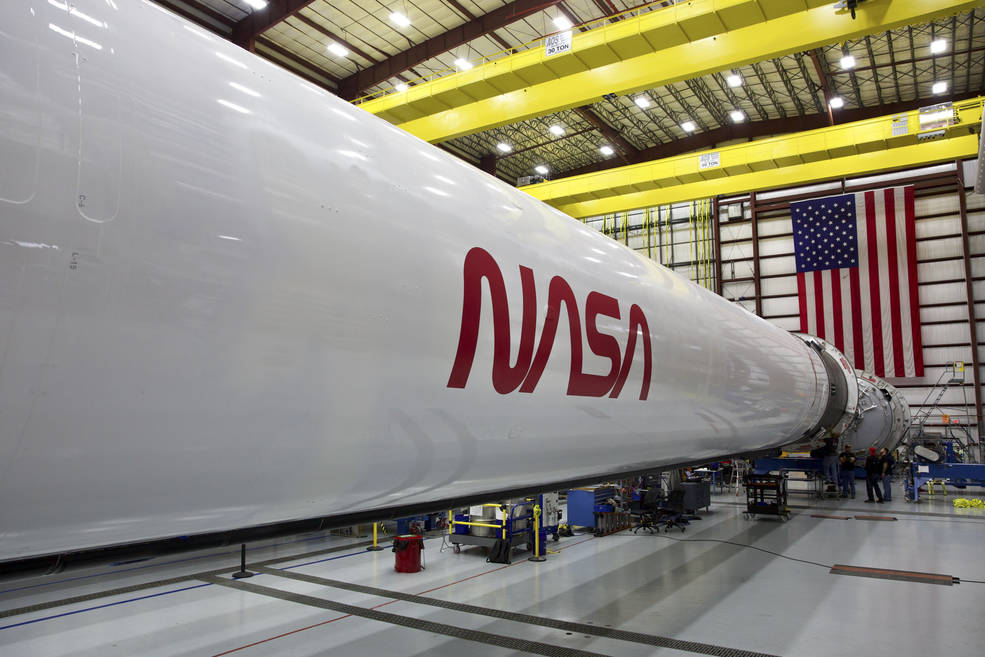 The SpaceX Falcon 9 rocket that will launch the Crew Dragon Demo-2 spacecraft, with NASA astronauts aboard, on the company’s second demonstration flight and first crewed flight to the International Space Station on May 27, 2020. Credits: SpaceX
The SpaceX Falcon 9 rocket that will launch the Crew Dragon Demo-2 spacecraft, with NASA astronauts aboard, on the company’s second demonstration flight and first crewed flight to the International Space Station on May 27, 2020. Credits: SpaceX
For SpaceUpClose.com & RocketSTEM
CAPE CANAVERAL, FL – With just over three weeks to go until the history making launch of the commercial SpaceX Crew Dragon Demo-2 mission by NASA astronauts Doug Hurley and Bob Behnken to the International Space Station (ISS) that will restore U.S. human spaceflight capabilities the trunk was attached to the spacecraft at Cape Canaveral Air Force Station, Florida.
Furthermore the long dormant but iconic NASA worm logo will return for this super special mission having been affixed to the core of the SpaceX Falcon 9 rocket that will propel the pair of veteran NASA astronauts on the Demo-2 test flight from the Kennedy Space Center to the orbiting laboratory complex on May 27.
“The Worm is Back!” NASA announced. “And just in time to mark the return of human spaceflight on American rockets from American soil.”
The worm was retired in 1992 – but is raring to go now for a fabulous comeback after a nearly three decade-long absence.
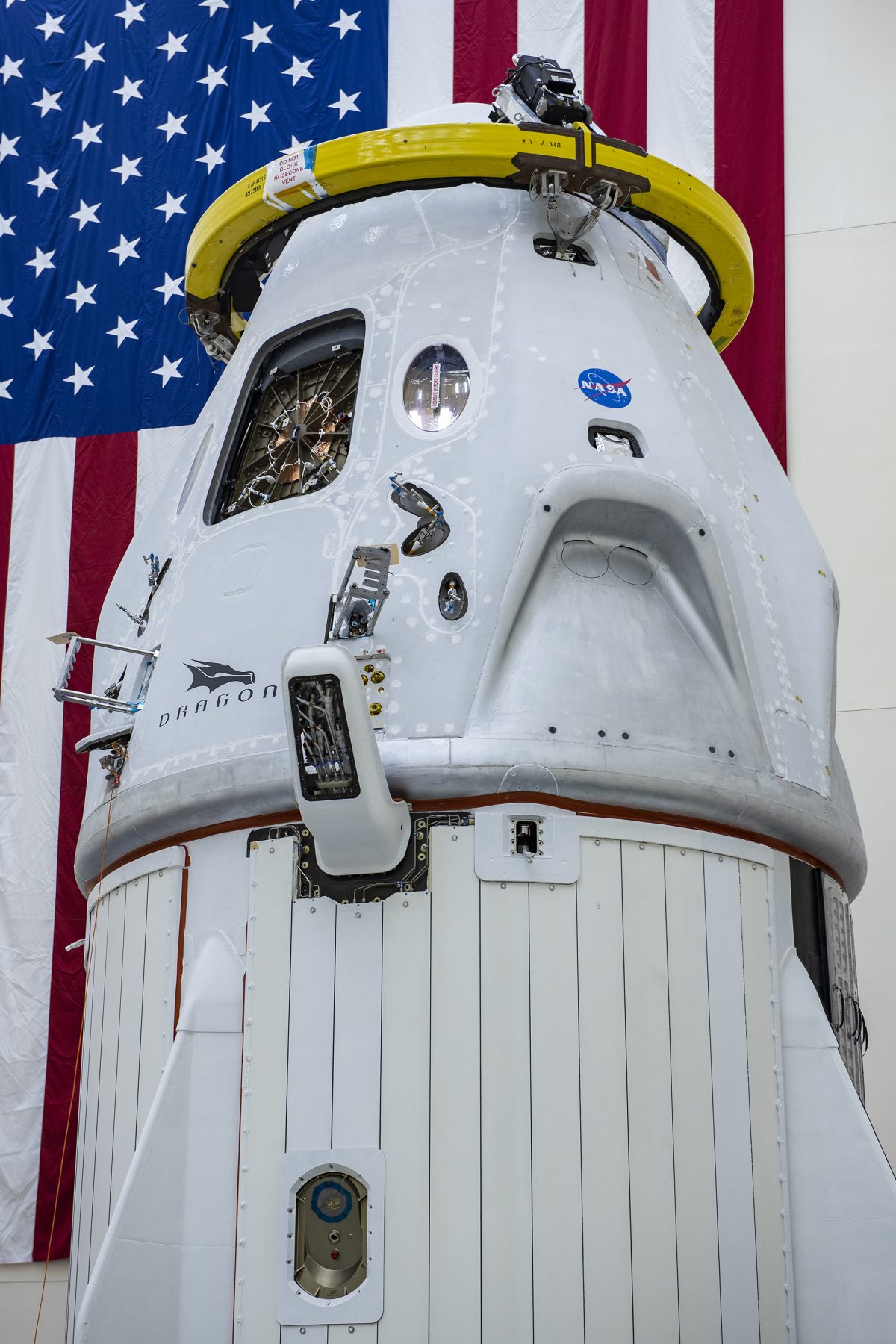
The history making SpaceX Demo-2 launch comes amidst the continuing coronavirus COVID-19 pandemic crisis – so its unclear how much if any public viewing and tourism will be allowed.
The SpaceX team secured the Crew Dragon trunk to the spacecraft on April 30 at a company facility at Cape Canaveral Air Force Station. Preparations continue on schedule as the teams follow CDC guidelines and social distancing.
The Demo-2 historic mission will fly on the SpaceX Falcon 9 rocket under the auspices of NASA’s Commercial Crew Program – marking the resumption of American astronaut launches from American soil on American rockets for the first time since NASA’s shuttles were forcibly retired in 2011.
“We’re just over three weeks away from the launch of @spacex’s Demo-2 mission to the @space_station with @Astro_Doug and @AstroBehnken onboard,” NASA tweeted May 4.
“This will be the first crewed flight to launch from U.S. soil since the conclusion of the Space Shuttle Program.”
We're just over three weeks away from the launch of @spacex's Demo-2 mission to the @space_station with @Astro_Doug and @AstroBehnken onboard.
This will be the first crewed flight to launch from U.S. soil since the conclusion of the Space Shuttle Program: https://t.co/9DEj9aarGa pic.twitter.com/zs0uhYuYQJ
— NASA's Kennedy Space Center (@NASAKennedy) May 4, 2020
“This is a high priority mission for the United States of America. We as a nation have not had our own access to the International Space Station for nine years,” NASA Administrator Jim Bridenstine said.
“At the same time, we’ve had American astronauts on the International Space Station for 20 years in a row, and they’ve been doing these absolutely stunning experiments and discoveries and advancing the human condition from the microgravity of space.”
Liftoff of the SpaceX Falcon 9 rocket with NASA astronauts Bob Behnken and Doug Hurley on the Demo-2 test flight from historic Launch Complex 39A from NASA’s Kennedy Space Center in Florida is slated for May 27 at 4:32 p.m. EDT for an extended mission.
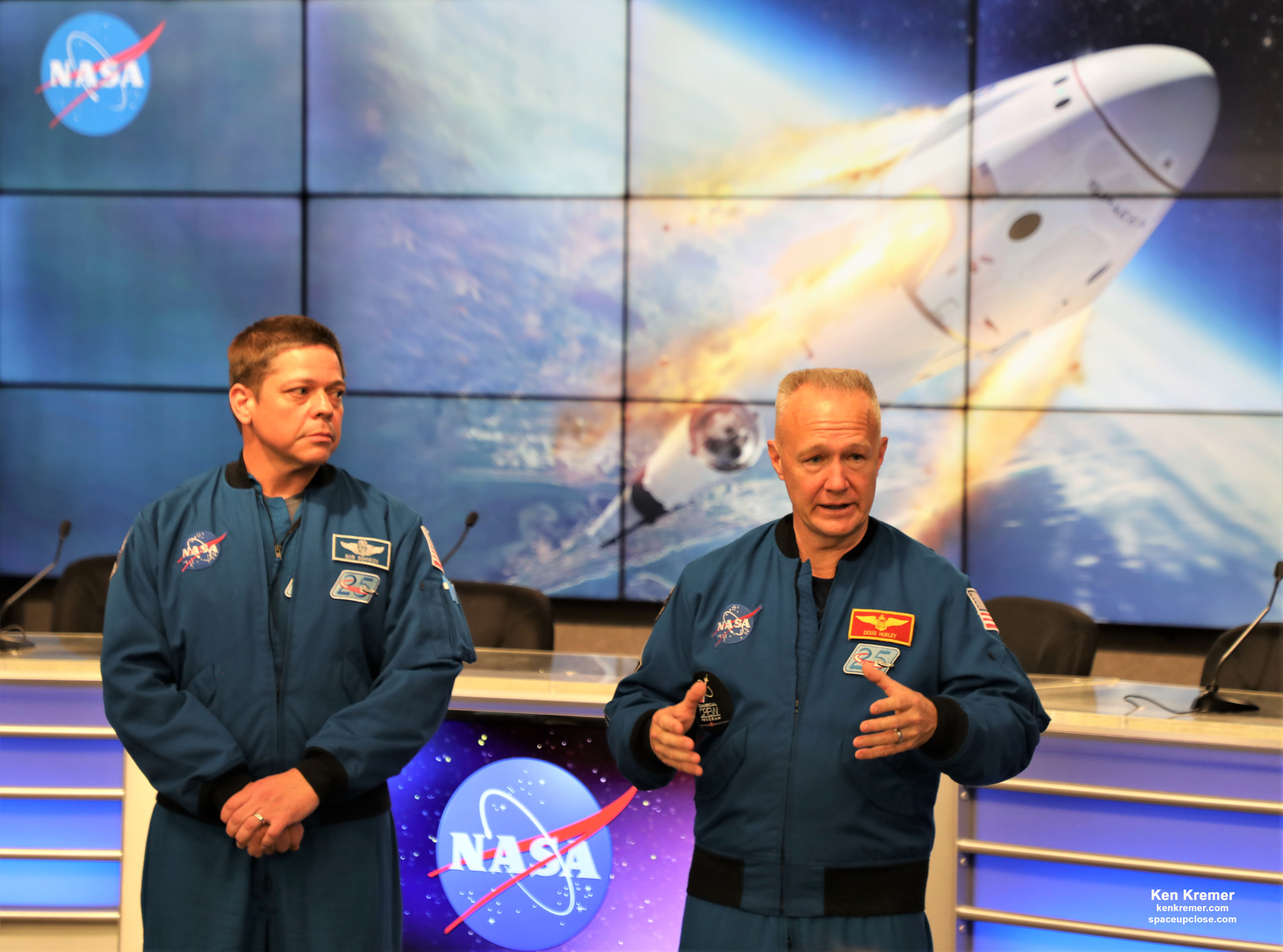
Demo-2 will serve as an end-to-end test of SpaceX’s crew transportation system, paving the way for NASA to certify the system for regular crewed flights to the orbiting laboratory as a part of NASA’s Commercial Crew Program.
The specific duration of Demo-2 is yet to be determined said NASA officials at a May 1 briefing.
Demo-2 marks the first mission of a SpaceX Dragon to carry humans and the 1st crewed mission in NASA’s Commercial Crew Program.
And it marks a resurgence of US human spaceflight – coming on the heels of last week’s announcement of 3 contracts to develop human landing systems to once again land American astronauts on the Moon by 2024 under Project Artemis.
Here is some history about the Worm logo from NASA:
The original NASA insignia is one of the most powerful symbols in the world. A bold, patriotic red chevron wing piercing a blue sphere, representing a planet, with white stars, and an orbiting spacecraft. Today, we know it as “the meatball.” However, with 1970’s technology, it was a difficult icon to reproduce, print, and many people considered it a complicated metaphor in what was considered, then, a modern aerospace era.
Enter a cleaner, sleeker design born of the Federal Design Improvement Program and officially introduced in 1975. It featured a simple, red unique type style of the word NASA. The world knew it as “the worm.” Created by the firm of Danne & Blackburn, the logo was honored in 1984 by President Reagan for its simplistic, yet innovative design.
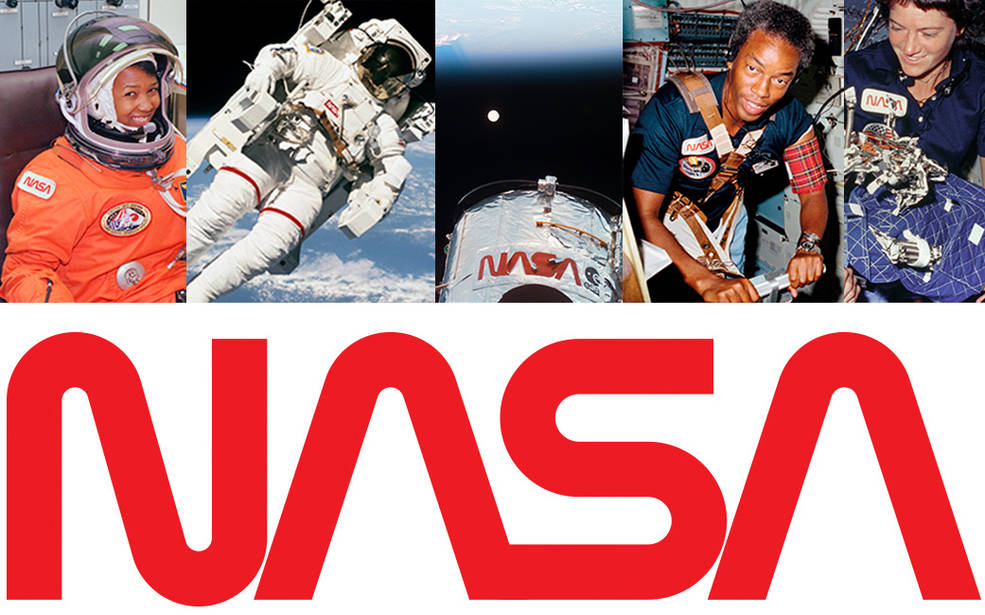
NASA was able to thrive with multiple graphic designs. There was a place for both the meatball and the worm. However, in 1992, the 1970s brand was retired – except on clothing and other souvenir items – in favor of the original late 1950s graphic.
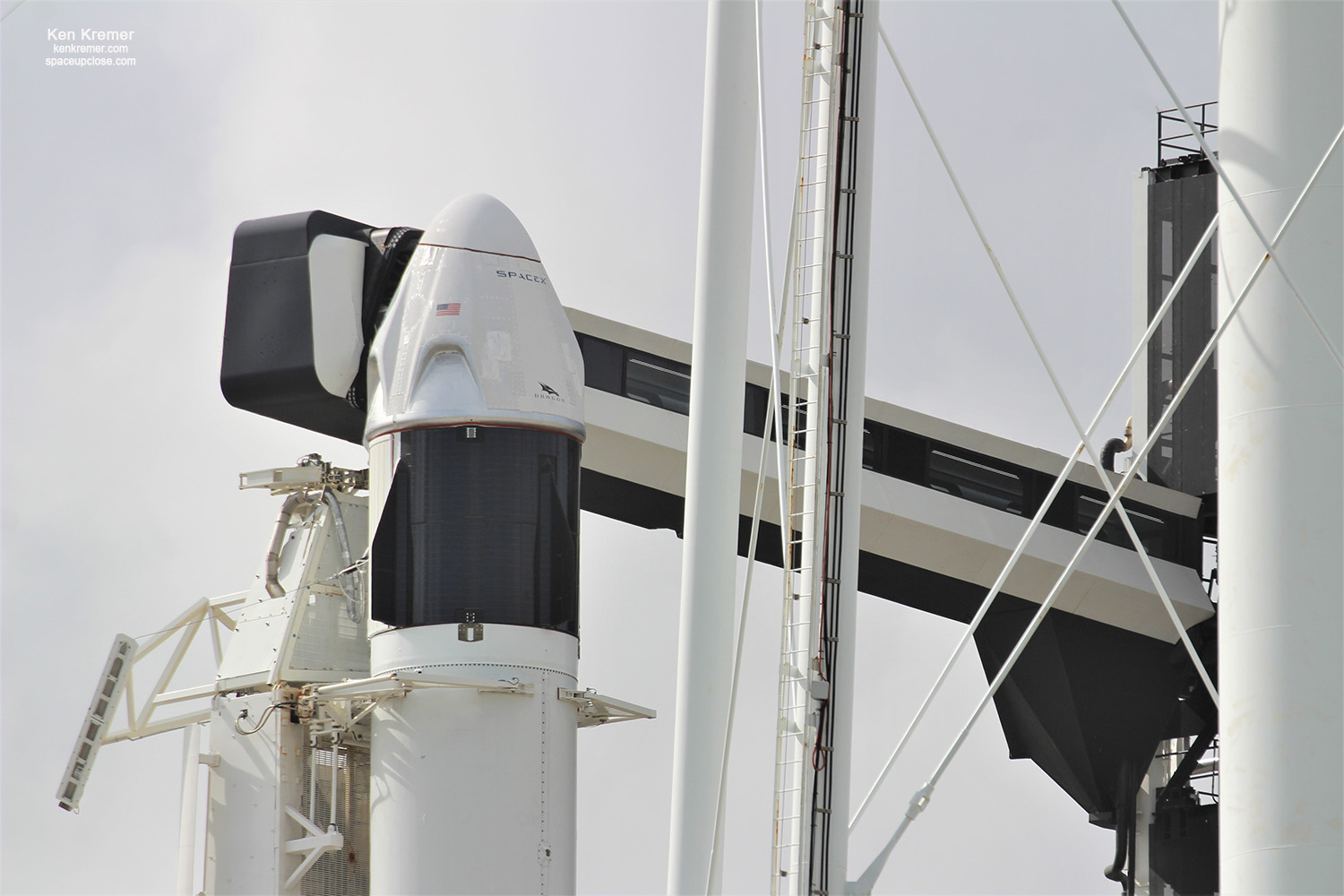
Watch Ken’s continuing reports onsite for live reporting of Demo-2 Crew Dragon and upcoming and recent ULA and SpaceX launches including Boeing Starliner, Crew and Cargo Dragon, Solar Orbiter, In-Flight Abort and Starlink at the Kennedy Space Center and Cape Canaveral Air Force Station.
Stay tuned here for Ken’s continuing Earth and Planetary science and human spaceflight news: www.kenkremer.com –www.spaceupclose.com – twitter @ken_kremer – email: ken at kenkremer.com
Dr. Kremer is a research scientist and journalist based in the KSC area, active in outreach and interviewed regularly on TV and radio about space topics.
………….
Ken’s photos are for sale and he is available for lectures and outreach events

x





Thanks Ken , I am looking forward to watching the launch from Scotland !
Never liked the worm, then or now. Lacks almost everything you’d want a logo to be. Hopefully we won’t fall back to the things it represented before. We’d be better off spending time and effort on something more important to the safety and success of this mission and all that will follow.
Dr. Al Koller, NASA retired.